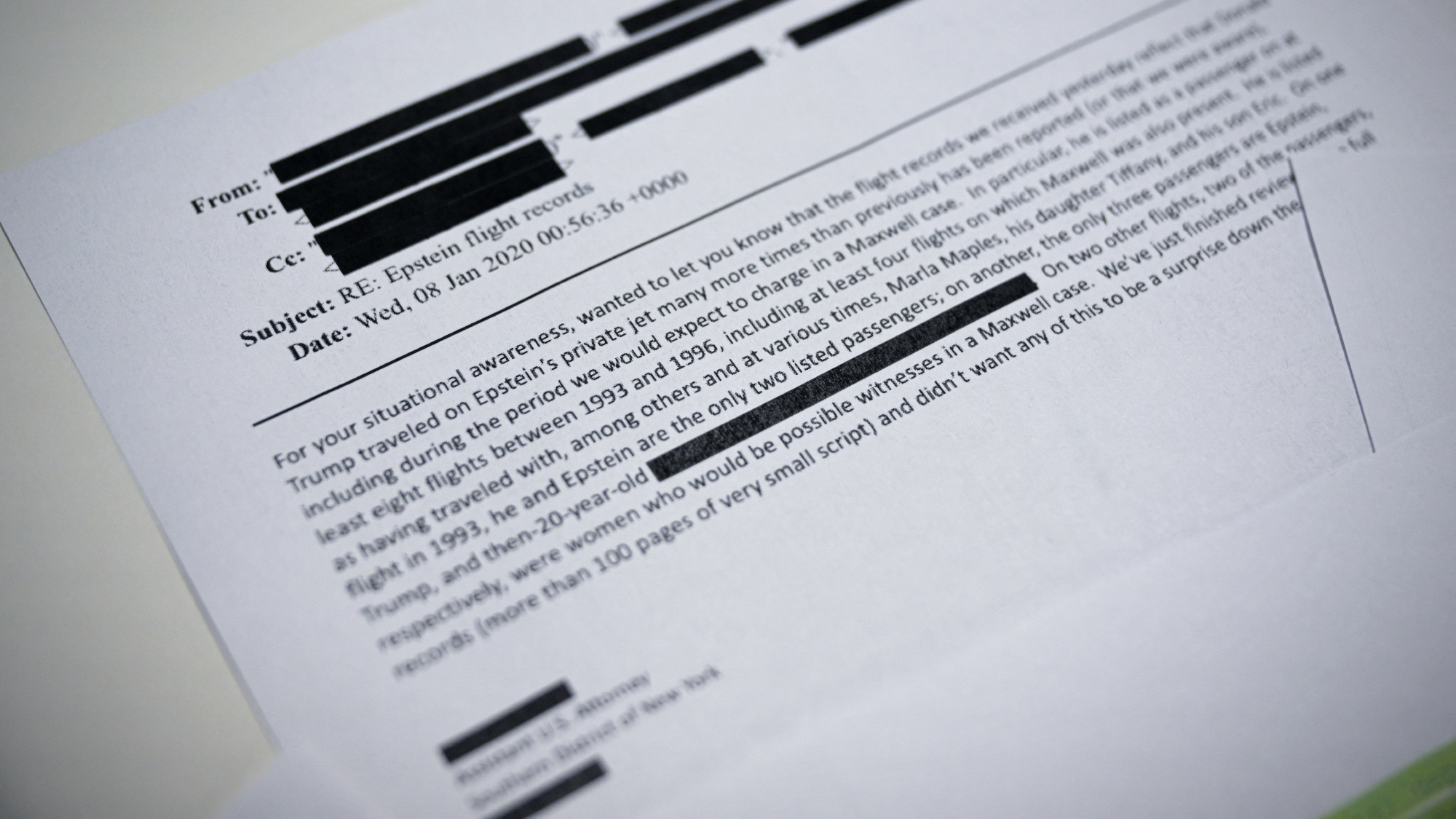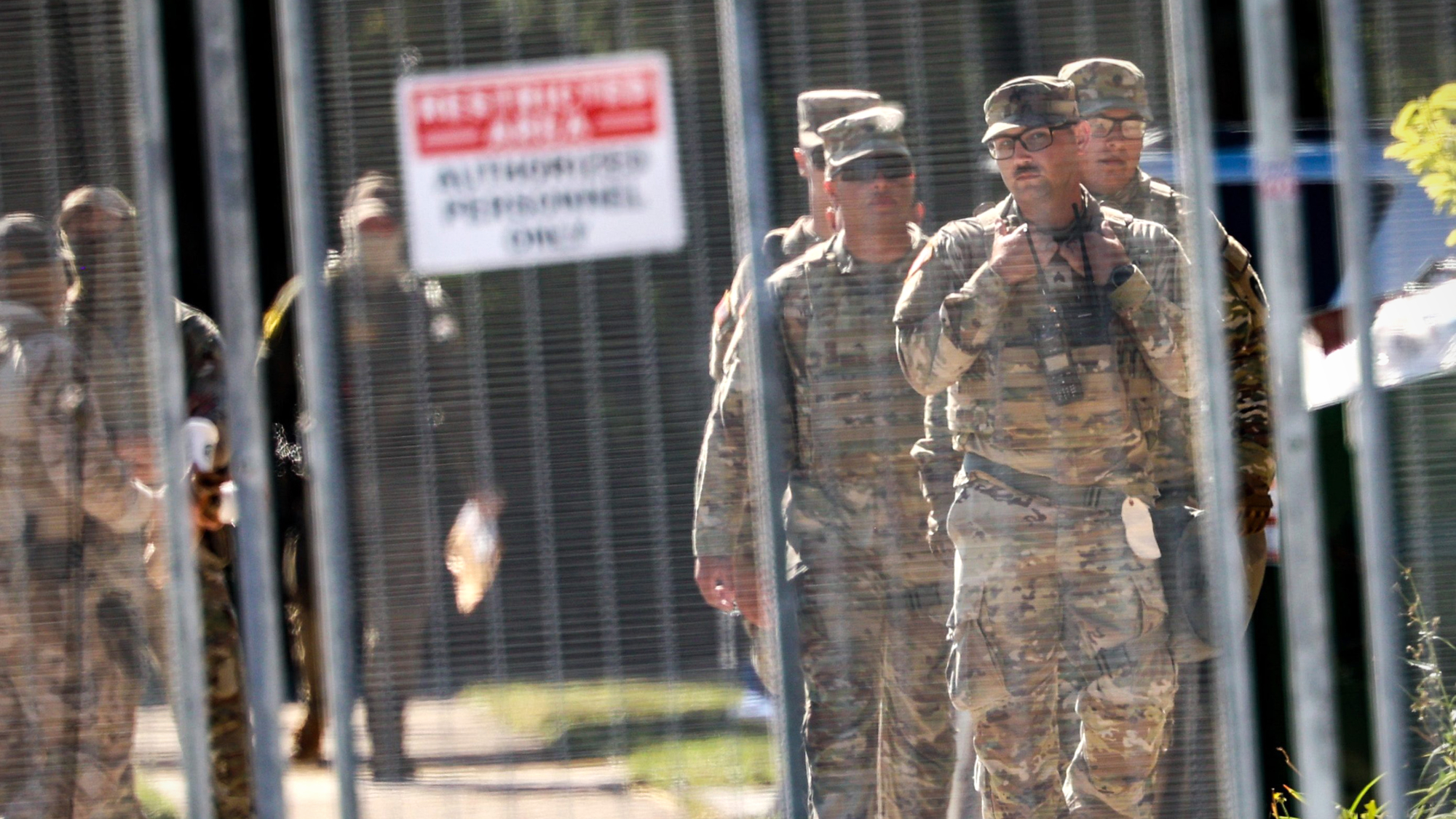Ukraine on the brink of civil war
Ukraine’s capital was engulfed in flames and violence when hundreds of riot police launched an assault on an anti-government protest camp.
What happened
Ukraine’s capital, Kiev, was engulfed in flames and violence this week when hundreds of riot police launched an assault on an anti-government protest camp, leaving at least 26 people dead and more than 240 hospitalized, and raising fears that the country could tear itself apart. The fighting marked the bloodiest episode by far since demonstrators took to the streets in November, after President Viktor Yanukovych abruptly scrapped a political and trade deal with the European Union and pivoted to Russia—a move that angered the largely pro-European residents of western Ukraine. The latest battle began when protesters tried to march on parliament, complaining that Yanukovych was stalling on their demands for reforms that would limit his presidential powers. When some demonstrators pelted police with stones, authorities attacked the protest camp in Kiev’s Independence Square with water cannons, stun grenades, and rubber bullets. Protesters then built flaming barricades out of tires, mattresses, and tents, and hurled Molotov cocktails at police. At least nine police officers were killed, with several incinerated inside a burning police van.
The U.S. and the EU threatened sanctions against Ukrainian officials. But Yanukovych blamed the bloodshed on opposition leaders, calling them “terrorists” and ordering the military to stage a national crackdown to restore order. Violence was also reported in other Ukrainian cities, and in the pro-Russian southern stronghold of Crimea the regional legislature declared that anti-government extremists had dragged Ukraine into “civil war.”
The Week
Escape your echo chamber. Get the facts behind the news, plus analysis from multiple perspectives.

Sign up for The Week's Free Newsletters
From our morning news briefing to a weekly Good News Newsletter, get the best of The Week delivered directly to your inbox.
From our morning news briefing to a weekly Good News Newsletter, get the best of The Week delivered directly to your inbox.
What the editorials said
This meltdown is “a grim illustration of what can happen when the West fails to get involved,” said The Wall Street Journal. The U.S. and the EU should have hit Yanukovych and his Kremlin-sponsored cronies with sanctions months ago, when they began beating up demonstrators and passing anti-protest laws. But instead of giving Yanukovych an incentive to enter meaningful negotiations with the opposition, the West just hoped for the best.
Russian President Vladimir Putin is pulling Yanukovych’s strings, said The Washington Post. He has long wanted the president to get tough with the opposition, “which he describes as a creation of Western intelligence services.” Just a day before the assault on Independence Square, Putin sent $2 billion in aid to the almost bankrupt Ukrainian government. But Putin’s bribes and threats won’t succeed in luring Ukraine back into Russia’s orbit. “Too many Ukrainians are ready to put their lives on the line to defend their country’s sovereignty.”
What the columnists said
A free daily email with the biggest news stories of the day – and the best features from TheWeek.com
Ukraine’s street battles are more than “an ideological showdown between Russia and the West,” said Owen Matthews in Newsweek.com. While many protesters are pro-European liberals, a large number belong to Ukrainian ultranationalist groups who rage against the “Jewish-Russian mafia” they believe runs Ukraine. Those unlikely allies don’t agree on much except their disgust with Yanukovych’s ineffective and corrupt leadership. “It’s a revolt of the young, urban generation against a cronyish post-Soviet business elite.”
Still, the underlying story here is Putin’s regional aspirations, said Timothy Snyder in the Financial Times. In his nostalgia for the Soviet Union, the Russian dictator has a “grand imperial vision of a Eurasian Union to rival the EU.” That bloc can only consist of dictatorships, “since any free society within it would challenge Russian rule.” It must also contain Ukraine, since in Putin’s mind it’s just another Russian province. Putin also worries that if protesters oust Yanukovych, said Julia Ioffe in NewRepublic.com, Russian demonstrators could be inspired to hit the streets of Moscow and demand his removal. That’s why what is happening in Kiev is “Putin’s worst nightmare.”
Ukraine now stands at a crossroads, said Joshua Keating in Slate.com. Civil war could break out between the country’s Catholic, Ukrainian-speaking west and the Orthodox, Russian-speaking east—Yanukovych’s home turf. But that seems unlikely, because few Ukrainians approve of his use of violence against protesters. With popular support for his presidency rapidly waning, Yanukovych can retain power only by becoming a full-fledged autocrat. Only one thing is sure: This crisis will not “resolve itself without more bloodshed.”
-
Putin’s threat to fracture Ukraine
feature Fears that Russia was building a pretext for an invasion of eastern Ukraine grew, as pro-Kremlin protesters occupied government buildings in three cities.
-
Curbing NSA surveillance
feature The White House said it will propose a broad overhaul of the National Security Agency’s domestic surveillance program.
-
Downsizing the military
feature A new budget plan for the Pentagon would save hundreds of billions of dollars by taking the military off its post-9/11 war footing.
-
Putin ratchets up pressure on Ukraine
feature Russian President Vladimir Putin put 150,000 troops at the Ukraine border on high alert and cut off $15 billion in financial aid.
-
Ukraine at the breaking point
feature An alliance of opposition groups vowed protests would continue until President Viktor Yanukovych is removed from power.
-
Dim prospects for Syrian talks
feature A long-awaited Syrian peace conference in Montreux, Switzerland, quickly degenerated into a cross fire of bitter accusations.
-
The fight over jobless benefits
feature A bill to restore federal benefits for the long-term unemployed advanced when six Republican senators voted with Democrats.
-
Al Qaida’s resurgence in Iraq
feature The Iraqi government was engaged in a ferocious battle with al Qaida–affiliated militants in the western province of Anbar.


